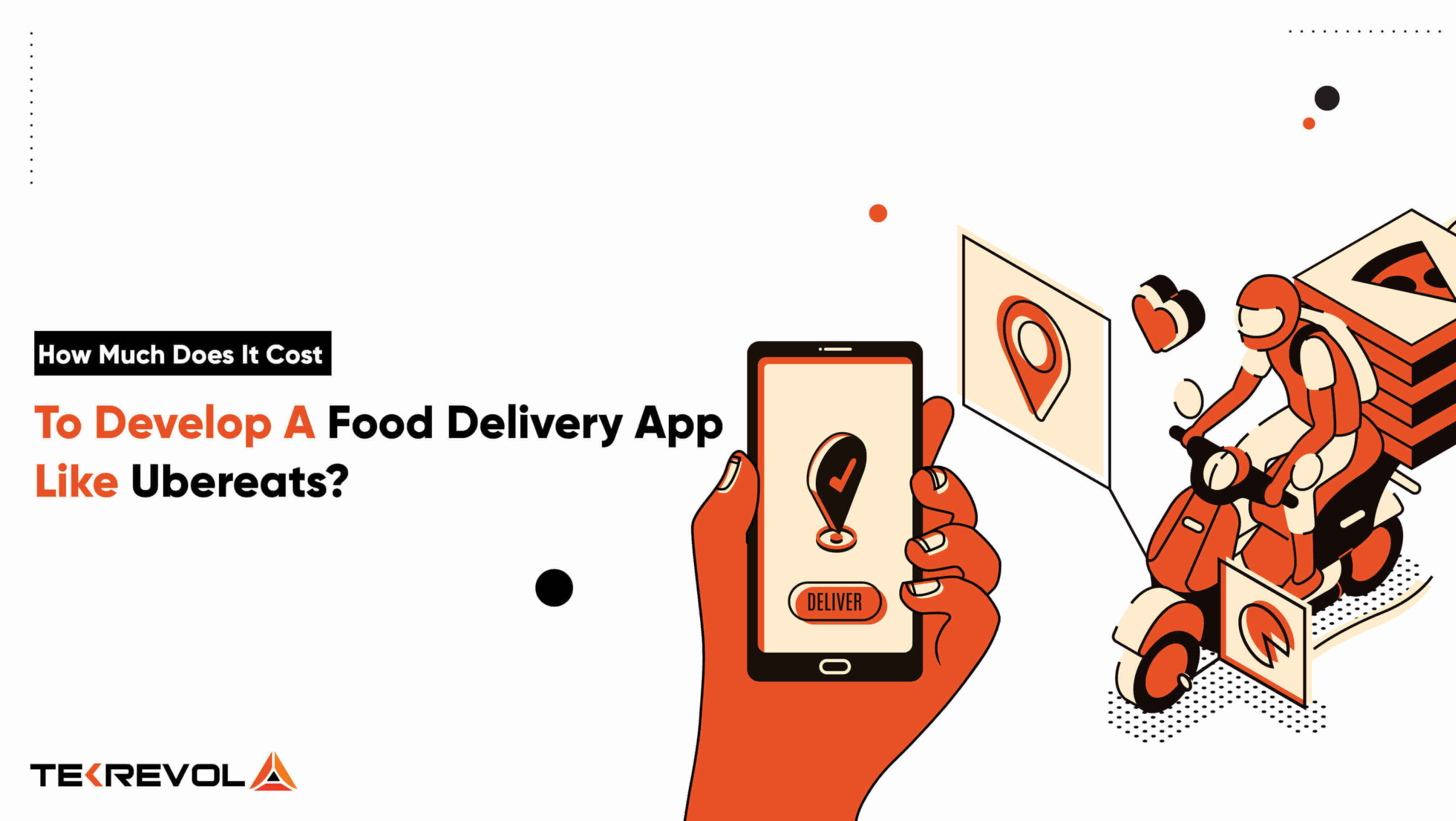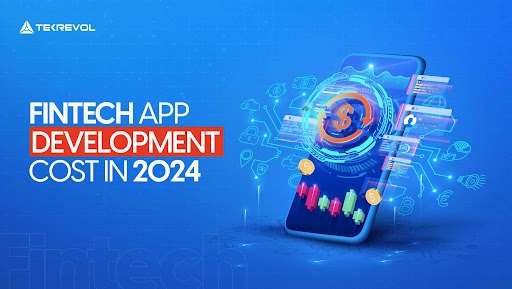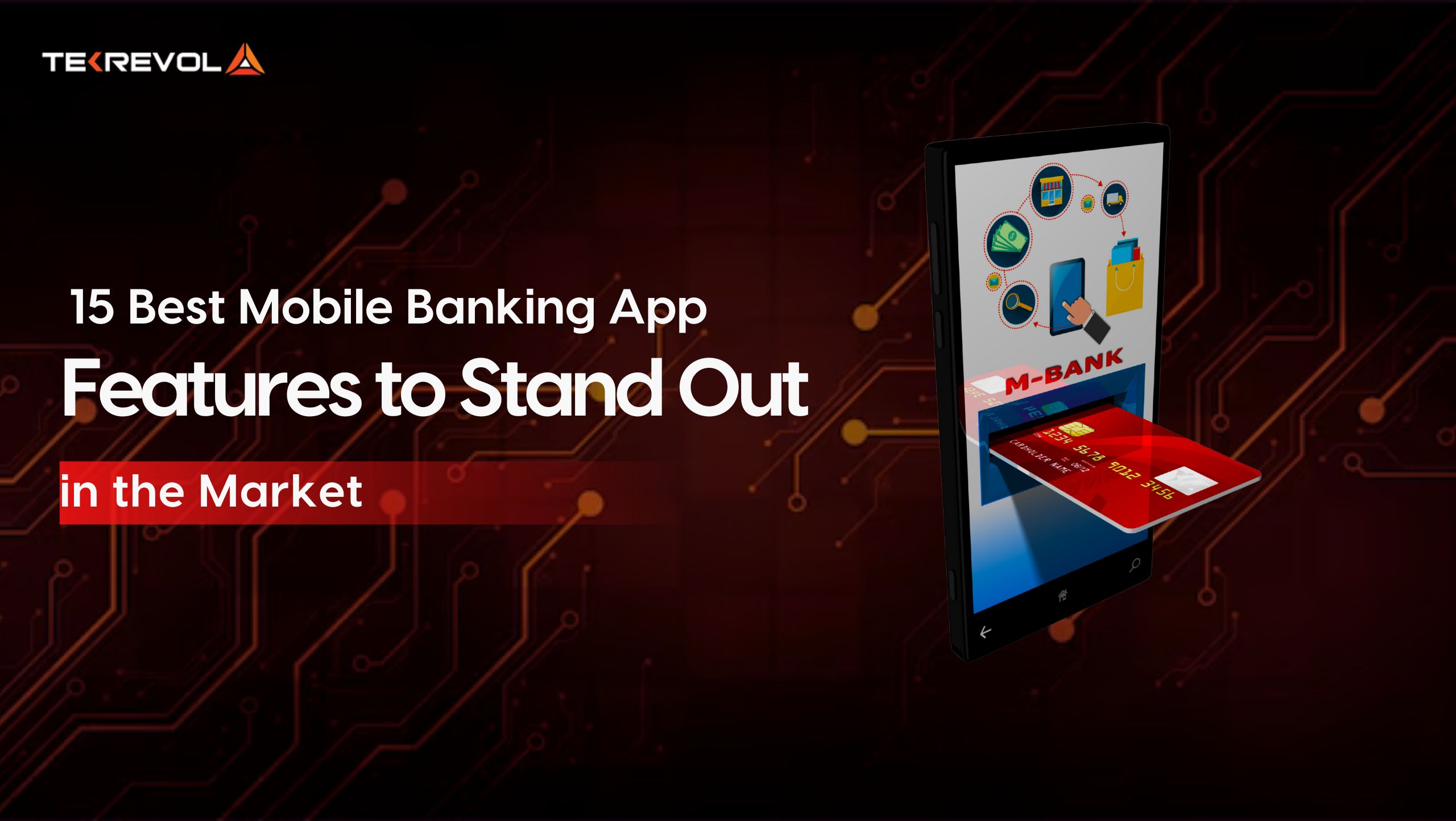On-demand applications became super popular because of the huge target audience and market acceptance. Food delivery apps have especially won the game because of their high-end user experience.
Look at the example of Uber Eats, Grub Hub, and Zomato. These have combined intuitive navigation, user-centric features, and comfort – and with a blend like that, these apps have actually revolutionized the on-demand food delivery market.
How much does it cost to build a food delivery app like Ubereats?
- A basic food delivery app can cost $30,000 – $50,000.
- A multi-feature on-demand food delivery app like UberEats can cost $52,000 – $90,000.
How long does it take to develop a food delivery app?
Food delivery app development requires 550 – 800 development hours based on the features, scope and technical architecture of the app. If you outsource this application development project, a dedicated team will take around 6 – 12 months. Development time and effort can be reduced by a month or two by using database and feature APIs like Google Places and using ready-made software development kits.
Looking for A Food Delivery App Estimate?
Skip the lengthy process and find the final cost of your app in free 30 minutes session!
While these are quick estimates, this article further covers a detailed breakdown of the cost of food delivery app like Uber Eats and five main steps in building such an app.
Factors Affecting the Food Delivery App Development Cost
The cost of developing any app mainly depends on its features. But business analysts and developers put a lot of careful consideration via different factors that determine the final features and the resulting cost estimate. The same goes for the development of food delivery apps. Here are 7 most important factors:
1. Scope, category, and features of the food delivery application
Both of these factors significantly impact the app’s cost. For food delivery app development, the niche is already decided and solid.

Your chosen platform also impacts the cost. Native Android development is cheaper, while iOS app development is slightly more expensive. In comparison to both of these options, cross-platform app development and flutter app development options are way more economical and viable for businesses and future entrepreneurs.
2. No. of development hours
More the features, more the development hours. This is the rule of thumb followed in the app development industry. That’s rightly so because each app feature takes a certain technical specification and number of hours for designing, development, testing, and deployment.
As mentioned earlier, food delivery apps usually take between 550 – 800 development hours. So, to get a quick rough estimate, multiply the hourly rate of your developer with your estimated development hours.
At Tekrevol, we have highly experienced app developers who can suggest specific APIs to reduce your development time and budget. APIs are small tools that help two different applications communicate data. So, in some cases, deploying APIs instead of designing a native feature can actually save time and cost.
3. Development tools and technologies
A food delivery app needs a robust back-end, admin panel, and analytics dashboard. These need advanced tools.
For example, if Bitcoin payment option is one of your app’s unique selling propositions, you might need a platform for conversion. As a result, you may have to pay for conversion deployment or integration.
In simple terms, if a food delivery app utilizes the latest technologies, you may have to stretch your development budget. For reference, if you are an early adopter of a technology in your industrial domain, food delivery in this case, you can actually gain an advantage and outperform your existing and future competitors.
Note that third-party databases, cloud services, location and map tools, cost calculators, and chatbots are different tools used in your app and your developer will usually come up with a cost accounting for these too.
4. Process of development
Nowadays, a reputable mobile app development company offers full-cycle development, as well as standalone prototyping, design, programming, testing, maintenance, and launching services.
From a logical standpoint, you pay for what you demand. Our business opportunists and analysts advise new appreneurs to buy full-cycle development processes rather than investing in standalone services. Doing so will keep your budget under control and your business process hassle-free.
For reference, here is a rough breakdown of the development process in stages:
| Stage of Food Delivery App Development | Cost of Service in US dollars |
| Discovery | 3,000 – 5,000 |
| UI and UX design | 12,000 – 15,000 |
| Back-end and Front-end development | 25,000 – 60,000 |
| API integration: | 5,000 – 7,000 |
| Testing | 10,000 – 20,000 |
| Deployment and Launch | ~1000 – Depending on your contract |
5. Complexity of design
After a quick breakdown of different stages of development and their costs, you should also note that the complexity of any level of development can affect the cost. For example, if you are going for a minimal design with low-key branding – this positively impacts your budget.
6. App Security
Food delivery app needs high-end app security because they process users’ personal information like delivery addresses and financial information for payment of food bills. Both of these are high points of concern. For a satisfactory user experience, your app needs to be as secure to never compromise on the retention of this data.
Developers use different strategies to ensure app security. Firstly, they deploy end-to-end encryption so messages and information shared within the app don’t go anywhere else. Secondly, they ensure the back-end development uses tools that are error-free and development toolkits are virus-free.
All different data security measures come with a cost. You may want to limit your budget, but you may never want to compromise on the data security and privacy of your users, plus, you may never want to hand over the back-end of your app to hackers.
To avoid such incidents, make sure your developers and the QA staff battle-test your application during the development and testing phases. Ensure different types of instrumentation, functional and scale tests to vouch for your app security.
7. Side costs
These are additional costs that you may or may not have to incur during the development process – but you need these factors along the line somewhere during your business.
| Cost Center | Description | Fees |
| Infrastructure | This includes the domain, and hosting and the data servers used for deploying your app. | $30 – 300 per month |
| Patent | This is a tool to protect the intellectual property rights of an asset – which is not recommended unless your food delivery app has an out-of-the-world scope and proposition. Patent cost depends on the idea you want to secure. | $3,000 – 10,000 |
| App marketing | You can choose to forward the narrative of your app yourself or hire an ASO (app store optimization) agency to do it for you. There are other app marketing strategies like search engine marketing, authority building etc. | $200 – $2000
|
| Success monitoring | This is basically a business function and you may choose to invest in this service. If you hire a VA, you may have to bear financial cost for monitoring the download numbers, reviews and ratings of the app. Otherwise, you can do these yourself too if this food delivery app is your full-time business. | $200 – 500 per month |
| App maintenance | Reputable app development companies usually provide a free 30-to-45-day maintenance plan after launch.
But you’ll have to separately hire maintenance services after the first year of app launch. This maintenance will cover the performance and updates of your app. |
$1,000 – 5,000 |
Steps for Food Delivery App Development
Here is how different food delivery app developers complete the development process:
1. Choose the type of food delivery app you want to develop.
While all delivery apps fall under the broad category of on-demand applications, there are two conventional types of food delivery applications:
- Restaurant to consumer: this is a basic food business or restaurant app like Subway or McDonalds.
- On-demand food delivery app: this is a marketplace connecting different restaurants and food businesses to consumers.
As mentioned earlier, the first app in the list is more economical but has a narrow scope. The second type of food delivery application requires investment, has a high scope, but it does pay for itself.
2. Create a development strategy.
Once you have decided which type of food delivery application you’ll develop and the business model you wish to invest it, it’s time to complete the scope of the project in writing. This happens with a development strategy that comprises:
Platforms for which you wish to develop an app: Android, iOS, web app, desktop app or a platform-independent/cross-platform application
- The magnitude of the food delivery app: feature complexity, MVP
- Problems the app will solve and the unique selling proposition
- App architecture, technology stack, SDKs, frameworks, database and APIs
- Business model, monetization strategy, and recombinant innovation
- App development milestones, total services included, timelines for completion
As an appreneur, if you have a slight technical background, you can create this development strategy document yourself. If not, your app development company will definitely create such a document accompanied by Level of Effort, Proposal and Non-Disclosure Agreement (NDA).
3. Decide food delivery app features you want to add.
Features directly affect the development time and cost. Your app development proposal will have the list of features you want in your application.
Features of a Food Delivery Application
- Restaurant, sub-menu, and product listing pages
- Search Filters
- Order booking system and order history
- In-app messaging
- Chatbot for customer attendance and support
- Seamless sign up
- Multiple payment methods
- Geo-location
- Push notifications
- Ratings, reviews and favorites
Considering the target audience, you’ll need a mix of consumer-centric and restaurant-centric features in your app.
Consumer-centric features include order place, online payment and push notifications.
Restaurant-centric features include an admin panel, analytics dashboard, order viewing and update management etc.
4. Complete technical specifications.
Technical development is the main part of the overall app building process. it includes front-end development, back-end development, cloud deployment and API integration.
5. Test the app and deploy.
During the testing phase, the testers and quality assurance staff emphasize highly on the end-user experience. That’s because in most of the food delivery applications, the ideal target audience is not the corporate business user, but the consumer-side that will use the client-side of the application to place orders in real-time.
Here are the 5 primary factors you should assess during the food delivery app testing:
- Loading speed and performance of restaurant and product listings
- Security and privacy for personal, organizational and financial data
- Qualitative UI and UX elements: Easy navigation and user acceptance
- Viruses and bugs in the code
- App security testing and response to ethical hacking attempts
Moving on From Cost of Food Delivery App – The Monetization Models and Business Potential
As an appreneur, you want to create an impact with your food delivery app in the current market. You either want to fill a gap – let’s say for the security or the user experience or on-time deliveries. Or, you want to lower the cost for end users and restaurants. While you may have a clear goal set in your mind, your app’s monetization strategy can actually level up your game in the market.
Here are four main monetization strategies that have worked significantly well for different food delivery apps:
- Free app with in-app advertising
- Delivery charges from users
- Sales commissions from restaurants
- Membership model for discounts and coupons

Research suggests that the revenue in the online food delivery services market will reach 13000 million US dollars in 2024. And the food delivery apps will be the front-runners of this market capitalization. Another Statista report suggests that there will be around 69.9 million users in the online food delivery platform-to-consumer market. For a food delivery app like yours, this is a big enough ground to play and an opportunity to acquire high number of users at a low acquisition cost.
- Looking for A Food Delivery App?

 3622 Views
3622 Views April 7, 2022
April 7, 2022









